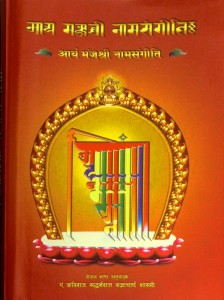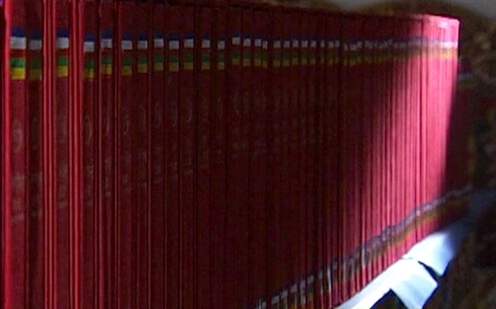Ian W. Mabbett (ed). Prācyaprajñāpradīpa: Professor Dr Samaresh Bandyopadhyay Felicitation Volume on Early Indian History and Culture. Franklin, Tennessee: NIOS (North American Institute for Oriental and Classical Studies) and International Forum for Felicitating Professor Dr. Samaresh Bandyopadhyay. 2012. xxii+584 pp. ISBN 978-0-9848617-0-1. Rs 2500 / USD$70.
From the Preface
The volume contains (in Part 1 with 3 sections) a compendium of information about the career and scholarly achievements of Professor Dr. Samaresh Bandyopadhyay along with a large number of tributes written by people who have benefited from their association with him, and also (in Part 2) an exceptional collection of learned research articles; these have been written in his honour by many who have been impressed and inspired by his scholarship and personality, and they mirror the great depth and the diversity of his own research interests. […]
Contents
PART II: Research Papers on Early Indian History and Culture
Continue reading “Mabbett (2012, ed.), Prācyaprajñāpradīpa”




